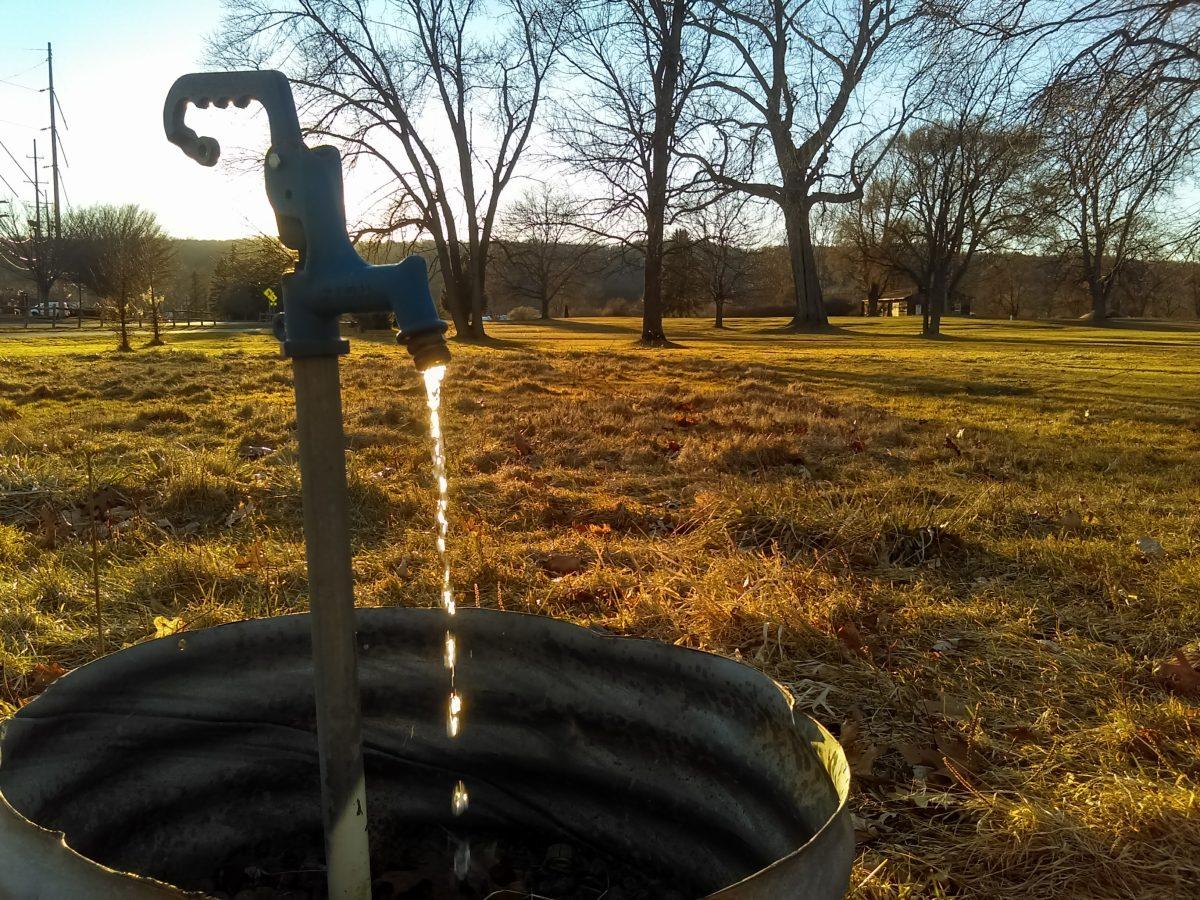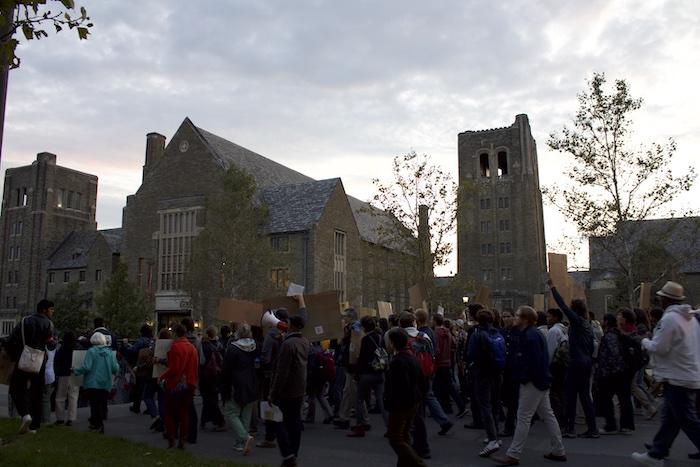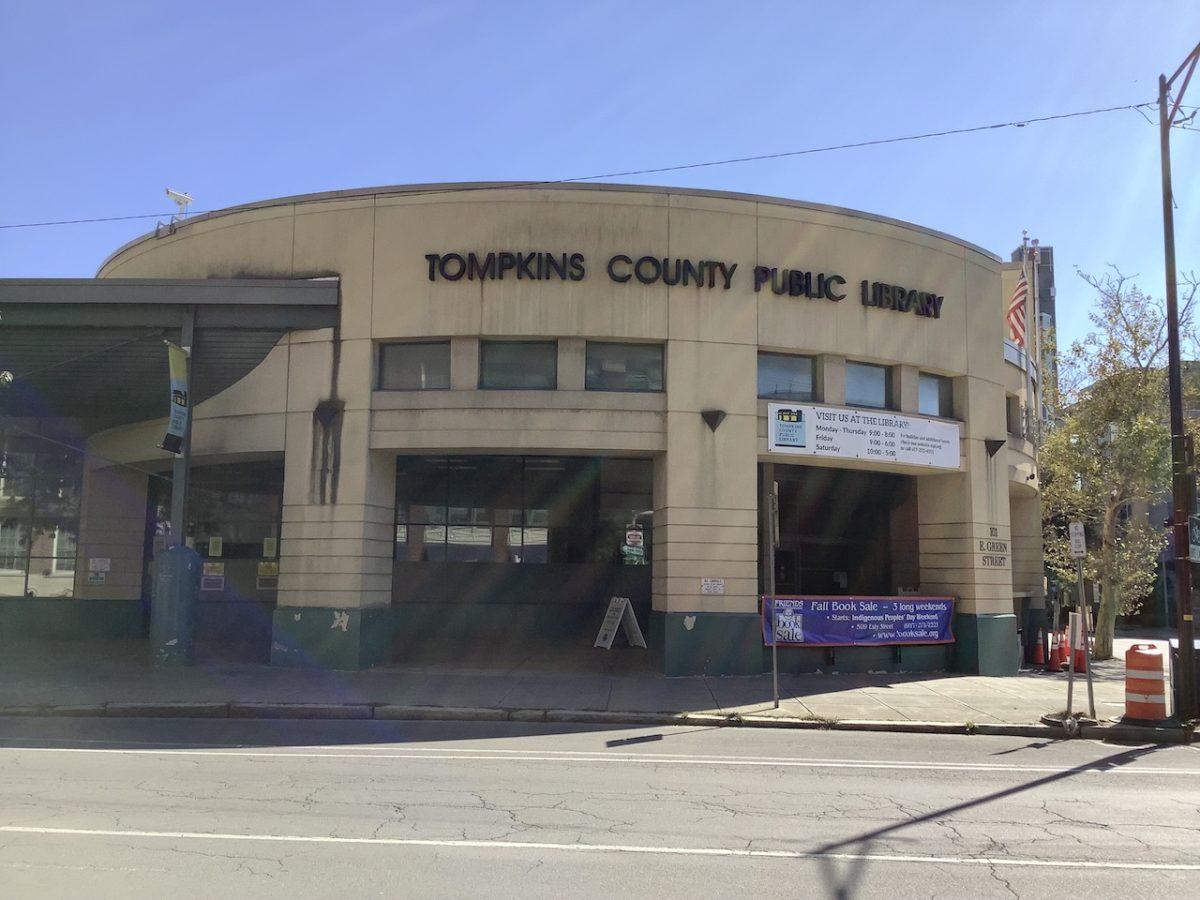From small towns to big cities, issues related to clean and reliable drinking water are appearing all over the nation. During his State of the State address earlier this year, New York Governor Andrew Cuomo presented a $2 billion clean water infrastructure and water quality protection plan.
The $2 billion proposal is a part of Cuomo’s overall $152 billion state budget for the fiscal year.
In mid-2014 the Flint water crisis struck the nation with awe and fear as city officials neglected the glaring inadequacies in their water distribution system. More recently, the 2015 Legionnaire’s disease outbreak in New York City brought water quality controversy to New York, alongside other water quality issues in Buffalo, Cheektowaga and Ithaca.
“Investing in water infrastructure is critical to fostering growth in our communities and our state,” Cuomo said during his initial speech in January. “This investment will rebuild and improve our regional infrastructure, while supporting a stronger, healthier New York for generations to come.”
The money will serve to help cities like Ithaca. After a scare last summer over water discoloration and concerns over lead contamination — which were resolved after studies showed levels to be within safety regulations — the integrity of the city’s water infrastructure came to the forefront of public discourse.
Liz Moran, the water and natural resources associate at Environmental Advocates of New York, said the money would be a step in the right direction. New York has made significant headway in recent years to address issues with its water infrastructure, she said.
“We’ve definitely made some progress,” she said. “A couple years ago, the governor and the legislature came together to create a water infrastructure grant program for the first time … it’s a really good start.”
Despite this however, the proposal is only a drop in the bucket, Moran said. Citing a report by the New York State Department of Environmental Conservation, she said the state is in need of approximately $80 billion to totally overhaul the existing infrastructure.
“For waste-water infrastructure — sewers, wastewater treatment plants — those come to $36 billion needed in replacement, repairs and needed technology upgrades,” she said, citing the same report. “For drinking water, it’s similar at $38 billion.”
Moving forward, Moran said New York State needs to not only fix issues with its pipelines as they occur, but get to the point at which it is sustainably managing and maintaining its infrastructure.
“It’s going to be a long process,” she said. “But that’s why it’s important that we keep taking big steps.”
[slideshow_deploy id=’6566′]






